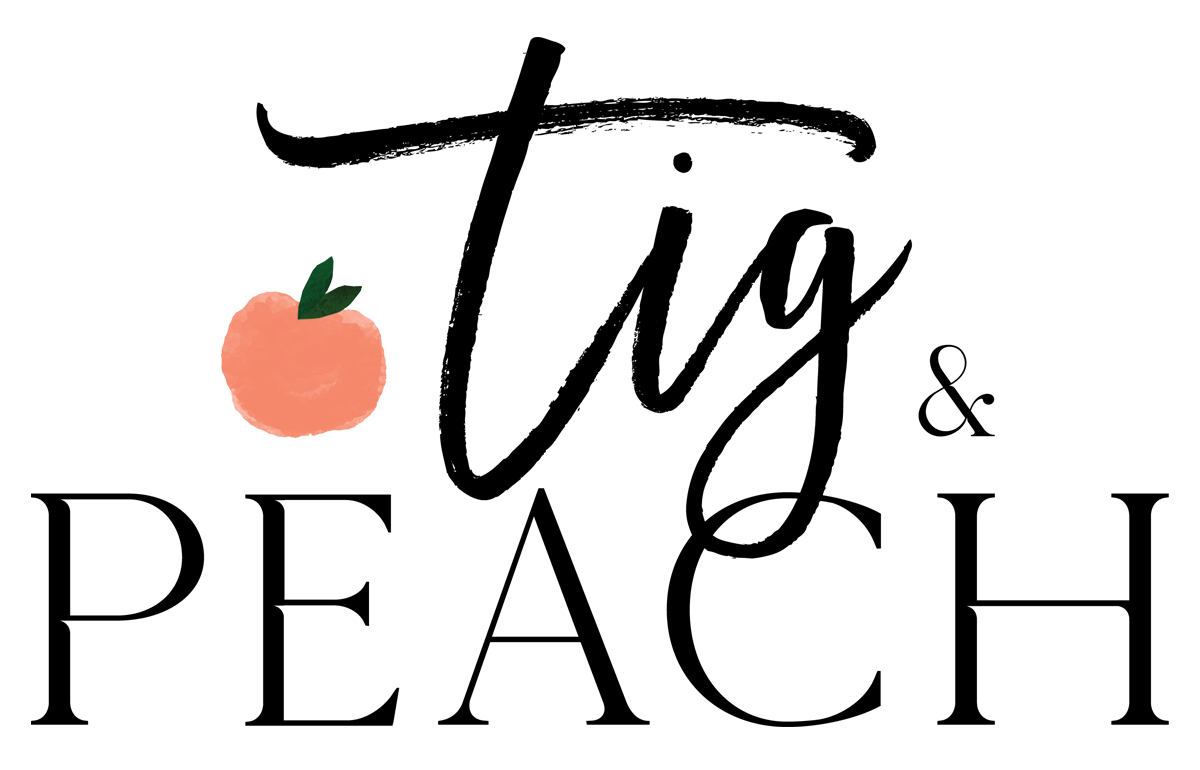Ms. Lauren’s Pollen Collector Project
Have you ever wondered where flowers come from? All flowers come from seeds of other flowers. There’s a whole lot that goes on before flowers make a seed. Flowers reproduce through a process called pollination. If you’ve ever sniffed a flower and sneezed, you probably got some pollen in your nose. In order for a new seed to form pollen from the stamen (located in the middle) of one flower must be carried to the pistol (also in the middle) of another flower. Wind acts as a pollinator for many plants, such as trees and plants. It blows pollen to other plants far, far away. Flowers are pollinated by insects. That’s why flowers are so pretty - they want to attract pollinators! The most famous pollinator is the honeybee. Learn how the honey bee pollinates flowers in this STEM challenge!
Flowers need to be pollinated! Challenge children to construct a handheld pollinator that will transfer the most pollen in the flower. This STEM challenge is a great way to turn your child’s observations into a mini research project! Children will learn about pollination, practice fine motor skills, and create a friendly competition through this activity.
What you’ll need:
FLOWER: coffee filter, markers, colored paper, cotton balls, tape
POLLINATOR: pipe cleaner or popsicle stick (could also be a pen or pencil), paper, tape
POLLEN: any spice (cinnamon, coffee grinds, pepper flakes, etc.)
Instructions:
Give your flower some petals! Using markers or colored paper, create petals for your flower. You can even use a spray bottle on a coffee filter to make your marker colors come to life.
Make a pollinator. Use popsicle sticks, paper, and/or pipe cleaners to make a bug you would typically see flying around a garden. Honey bees and butterflies are great examples!
Find some pollen! Put any common kitchen spice in a small cup.
Fly your pollinator from pollen to flower and observe what happens to the flower’s pollen during this process.
Result:
Pollen should stick to your “pollinator,” making it easy to transfer pollen from the source to the flower.
In real life, honeybees do the same! Honey Bees land on a flower to gather nectar (bee food). While they’re eating, they brush against the flower and get a dusting of pollen. Nectar is so tasty to honey bees that they don’t stop with just one flower - on the next flower, the honey bee leaves some of the pollen behind. This process creates seeds, which can become a new plant! Plants and pollinators have special relationships - the plants get pollinated and the pollinators get food!
Not all pollinators are honey bees. Some other pollinators include butterflies, hummingbirds, and even bats!
Let’s reflect! Discuss the following questions with a parent or partner:
What insects do you see around a garden? What do these insects fly near?
How do pollinators, like honey bees, help pollinate flowers?
Why are pollinators attracted to flowers?
Extensions:
Create a second pollinator and flower with a friend. Use a different “pollen” to see which pollinator works better!
Research pictures of different types of flowers. Try to recreate the shape of these flowers. Which flowers are easiest to get pollen into? Which are more difficult?
Join Ms. Lauren this Spring!
We are so happy to give our future scientists, engineers, and experimenters a head start in pursuing their passion every Tuesday at 4 pm! Lauren, our science wiz, has her Masters in Education focusing on STEM teaching and learning. Lauren has been teaching science in the public school system for the last five years. Throughout her career, she has had the opportunity to teach in a variety of science settings, including STEM intensive summer programs as well as the Computer Science for All initiative. In addition, Lauren also organizes and develops students in a science Olympiad. Her goal is to develop a highly engaging STEM-based curriculum that focuses on the development of 21st-century skills.

